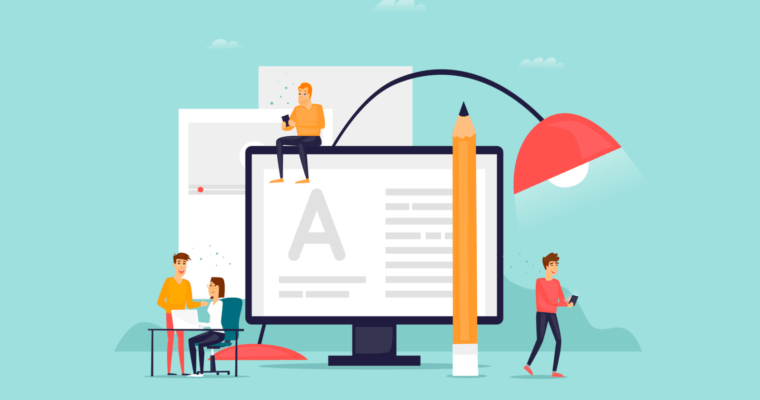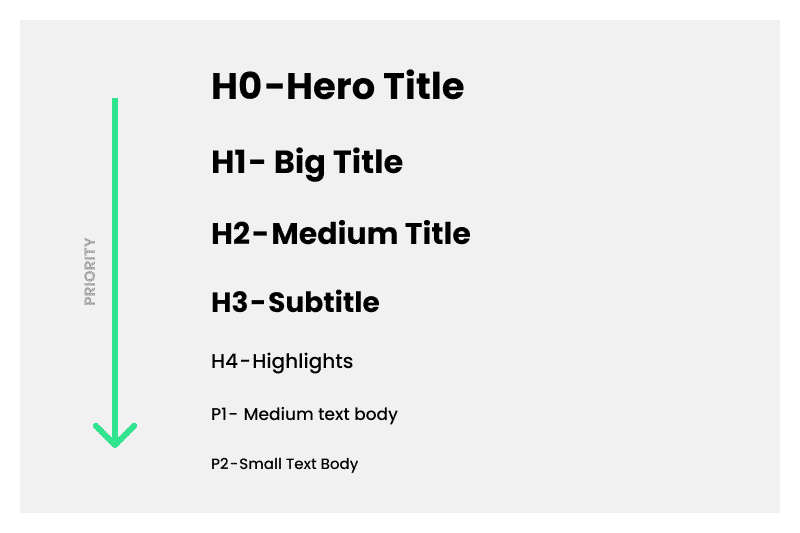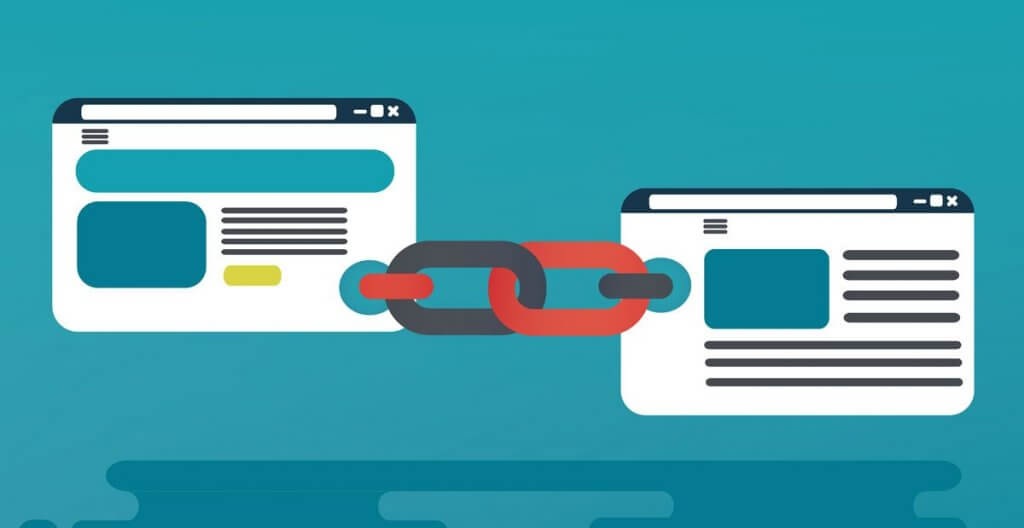What is On-Page SEO: Content Optimization Definitive Guide!
While the content on your website sometimes aims to convince the user to buy, sometimes it allows a loyalty bond between the user and your brand.

When we say content, we are not just talking about blog posts: From every word on your landing page to your whitepaper, every field from the details on your contact page to the pages where you promote the service is the content of your website. And hey, on-page SEO is closely related to content optimization. Optimizing your content will strengthen your SEO score as it provides two main things:
- You make sure Googlebots are sure about exactly what is presented on this page.
- You reduce the bounce rate by enabling users to spend longer time on your site – you convince them to read your content, instead of looking at it and finding it useless and bounce.
- You enable users to communicate with your site, services or persona in a new generation -you reinforce the possibility of conversion.
- Of course, all this means taking great steps in on-page SEO and getting your rankings where you want them.
Try for free to boost your website traffic!
Why Does On-Page SEO and Content Optimization Matters?
Have you read our content about how search engines work? We are now in 2021 and search engines are currently working like this:
your site is crawled, rendered, indexed, and ranking on certain keywords. Therefore, every detail, from technical on-page errors that prevent your site to be indexed or crawled to contain errors that cause your site to have a low score after it is crawled, will affect your SERP ranking.

Hey, it looks like on-page SEO is that “key actor” that will determine the fate of your website! And content optimization is one of the most important things to do to increase you on-page score.
So what particular details affect your on-page SEO score and therefore your ranking? It is possible to list briefly as follows:
- User experience – directly related to content optimization
- Page loading speed
- Click-through-rate
- Search Intent – related to content optimization
- Bounce Rate and Dwell Time – related to content optimization
On-Page SEO: Optimizing Contents
Test Your Website Performance!
You can quickly analyze your site in a minute
Of course, the most valuable protagonist of on-page SEO is content. But what exactly is needed for content marketing or content optimization? Isn’t it enough to keep your site up-to-date and to enter content continuously?
No, it will never be enough just ”adding contents” to your web page. You have to pay attention to certain things.
Here are the most powerful ways to optimize the contents on your web pages.
Set target keywords and use them within the first 150 words.
When determining keywords in the content you will prepare, you have to consider the volume of these words, the competitive rates of these words, and the harmony of the words with the search engine usage behavior of your target audience.
It’s important to choose keywords within the framework of audience targeting for content optimization, that’s okay, that is what we already know. But why should you use this word in the first 100 – 150 words?
Because when Googlebots crawl your page, they give more weight to the top part that loads first on your page. This will be your way of saying to your Googlebots, “hey, this content is exactly about the topic you are looking for.”
Imagine creating some content about page speed and conversion rates. It is an ideal keyword view if the entry of this content is as follows.

H1, H2, H3 Usage for Content Optimization
You need to tell Googlebots what exactly is in your content and in what steps the issue is presented to the reader. For this, you have to make sure that the main title of the content is tagged as H1. Remember, h1 is highly valuable for not only Googlebots but also for your readers to understand what the content is about.

Do you have more subheadings? Super! Remember to use the h2 and h3 tags for your subheadings. A few tips for this:
- There should be only one h1 tag in the content.
- It is necessary not to pass the h3 tag without using the h2 tag in the content.
- After the h2 tag is used in the content, it should not be passed to another h2 or another h3 tag without writing any paragraph after the meta tag. There must be content under each tag.
Is everything okay? Super!
If you are entering content from the WordPress panel, the h1 will already be set for you automatically. Nevertheless, do not forget to check the tag from the code section.
Use Enough Keywords
The use of low-density keywords may cause the user audience you target not to be sufficiently covered. Using too many keywords will cause Googlebots to mark your content – may be your page – as spam. Remember, we want Googlebots to understand us, but without spoiling the user experience (UX) value!

Remember what our goal is: to keep the density of the main keyword and relevant keywords, semantic versions, and synonyms at a certain rate and to deliver the message to Google “yes yes, you are in the right place, this is the right content for relevant searches!”
Research on keyword usage shows that it is sufficient to use keyword density at a density between 1 and 2 percent in content.
Internal and External Links for Content Optimization
You may need more than that content to tell Google exactly what is being mentioned on your page. How about linking to other content previously published on your site or other content on trusted sites?

External links to authoritative websites really affect your ranking on the SERP. Internal links, on the other hand, help you increase the authority of your site’s pages and help the user navigate your site by jumping from one content to another. Perfect, isn’t it?
Using SEO-Friendly Meta Descriptions and Titles
Continuing with content optimization.
Have you ever noticed how a content looks on the SERP? Let’s see if you want.

In the image above, you see one meta title and one meta description. In addition, the date the content was shared using Google Schemas was specified to Googlebots (We will talk about Google Schemas later). In this way, it was possible to obtain a more detailed view in the SERP.
The meta tag and title for the Page speed and Buying Behavior content were determined according to;
- First, a keyword-rich meta title and meta description were created. For this, it was ensured that two basic keywords were included in the meta description in an organic, meaningful, and completely unique way: page speed and buying behavior. Got your attention, right?
- It has been ensured that the main subject of the content is clearly stated at the beginning of the title, if possible: Page Speed and Buying Behavior are both our keywords and the beginning of the title.
It has been ensured that the title of the content does not exceed 60 – 70 characters, and the meta description does not exceed 160 characters.
Here are all the above operations to make sure that the meta title and meta tag in the content is also suitable for a strong on-page SEO score.
Test Your Website Issues
You can quickly analyze your site